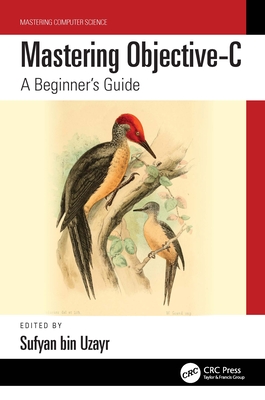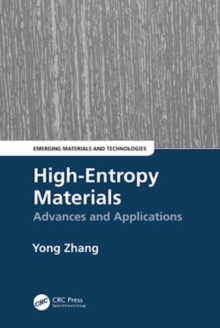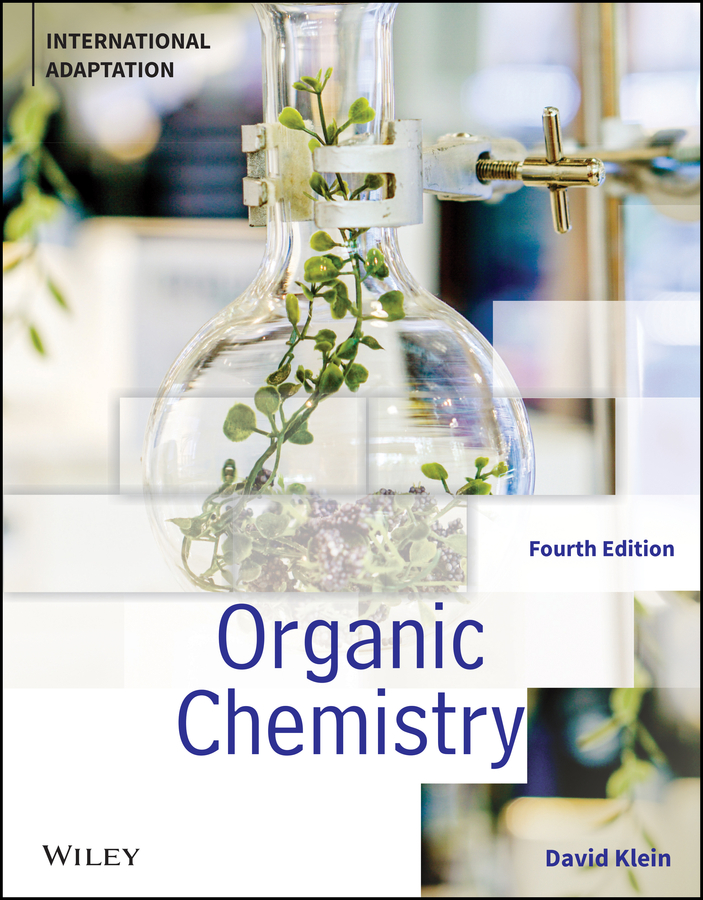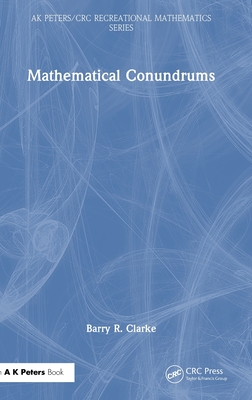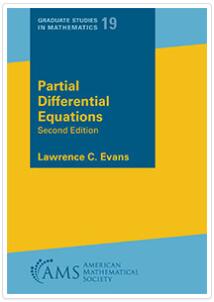
BIOLUMINESCENCE AND CHEMILUMINESCENCE - LIGHT EMISSION:BIOLOGY AND SCIENTIFIC APPLICATIONS - PROCEEDINGS OF THE 15TH INTERNATIONAL SYMPOSIUM
生物发光与化学发光的散射:生物学与科技应用—第十五届国际研讨会文集
生物化学
¥
2066.00
售 价:
¥
1549.00
优惠
平台大促 低至8折优惠
发货周期:预计3-5周发货
作 者
出版时间
2008年12月19日
装 帧
精装
页 码
504
语 种
英文
综合评分
暂无评分
- 图书详情
- 目次
- 买家须知
- 书评(0)
- 权威书评(0)
图书简介
In the last decade, great advances have been made in fundamental research and in the applications of bioluminescence and chemiluminescence. These techniques have become vital tools for laboratory analysis. Bioluminescence imaging has emerged as a powerful new optical imaging technique, offering real-time monitoring of spatial and temporal progression of biological processes in living animals. Bioluminescence resonance energy transfer (BRET) methodology has also emerged as a powerful technique for the study of protein–protein interactions. Luciferase reporter gene technology facilitates monitoring of gene expression and is used to probe molecular mechanisms in the regulation of gene expression. Chemiluminescence detection and analysis have also found diverse applications in life science research; for example, chemiluminescent labels and substrates are now widely used in immunoassay and nucleic acid probe-based assays.
The latest advances in this exciting field, from fundamental research to cutting-edge applications, are explored in this most recent volume of the biannual symposium series, the Proceedings of the 15th International Symposium on Bioluminescence and Chemiluminescence. The volume highlights advances in fundamental knowledge of luciferase-based bioluminescence, photoprotein-based bioluminescence, fundamental aspects and applications of chemiluminescence, luminescence imaging, fluorescence quantum dots and other inorganic fluorescent materials, phosphorescence and ultraweak luminescence, and instrumentation for measurement and imaging of luminescence.
Key Features
• Contains detailed coverage of the latest developments in bioluminescence and chemiluminescence research
• Provides important information on recent applications and instrumentation developed for bioluminescence and chemiluminescence
• Describes experimental procedures and protocols in bioluminescence and chemiluminescence
• Covers phosphorescent and fluorescent materials
本书暂无推荐
本书暂无推荐
